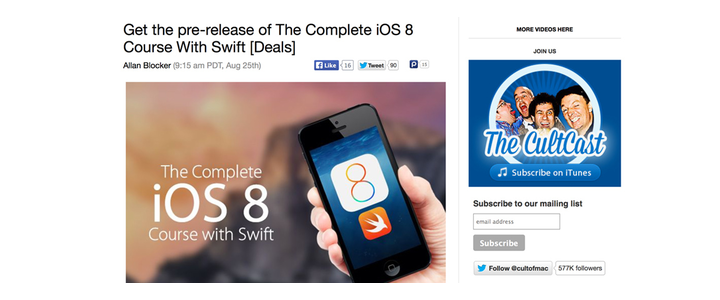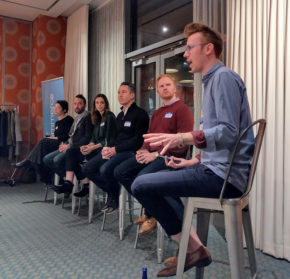
At StackCommerce, we refer to ourselves as a “native commerce” company, but what does that term actually mean? Furthermore, what exactly is involved when a publisher integrates native commerce into its online presence? How does native commerce differ from native advertising and “regular” e-commerce? Below is an overview of native commerce as we see it in 2014.
The intersection of content and commerce
In the simplest explanation of the concept, native commerce is the integration of e-commerce into the user experience of content sites or other non-commerce properties. This can take several forms and will vary based on the publisher, content and products involved. Possible integrations include:
- running a companion store for alongside the content site that allows users to buy products from within the same brand
- providing users with avenues to find and buy products from within or around site content
- incorporating product links or widgets within reviews or editorial content
By providing consumers with the means to buy products they are already looking to learn about, discuss and engage with on niche content sites, publishers can close the loop and position themselves to best capitalize on their audiences.
Hyper-relevant, contextual products
A critical part of truly native commerce is the integration of products and consumer experiences that are specifically tailored to the user experience associated with a certain site. It’s the right products in the right place place at the right time.
For example, let’s say that KickSoccer.com is a content and community site where fans of different soccer teams can read content and news, and argue and debate on forums. A few key ways to describe this consumer would be:
- very interested in soccer
- passionate about their favorite soccer team
- actively spends free time following/watching/playing soccer
Based on the characteristics of this particular target demographic, the obvious productopportunities are soccer jerseys for popular clubs, soccer equipment and even tickets for soccer matches in their area. All three products are clearly things that KickSoccer users will want to buy and, unless KickSoccer offers them the opportunity, go elsewhere to purchase.
An extension of your brand, not an interruption of it
One of the biggest concerns with advertorial or sponsored content is that publishers are essentially renting out the most valuable real estate on their sites to another brand. This is of particular concern with native advertising, but with native commerce, publishers can be innovative and helpful by providing access to highly relevant products and deals. As long as the writers, videographers and other content creators would genuinely recommend the products editorially, the integration of content and commerce can truly be seamless.
Let’s use the KickSoccer example again — if there is a great new soccer cleat being released and a KickSoccer writer gives it an authentic, raving review resulting in many of their readers wanting to buy it, KickSoccer can provide a better user experience by allowing them to quickly and easily purchase the cleats right from their website. No comparison shopping, no searching for a trustworthy online store — they can purchase directly from KickSoccer, a brand they already trust. This is native commerce — targeted, relevant products and deals delivered to eager audiences in an organic way.

